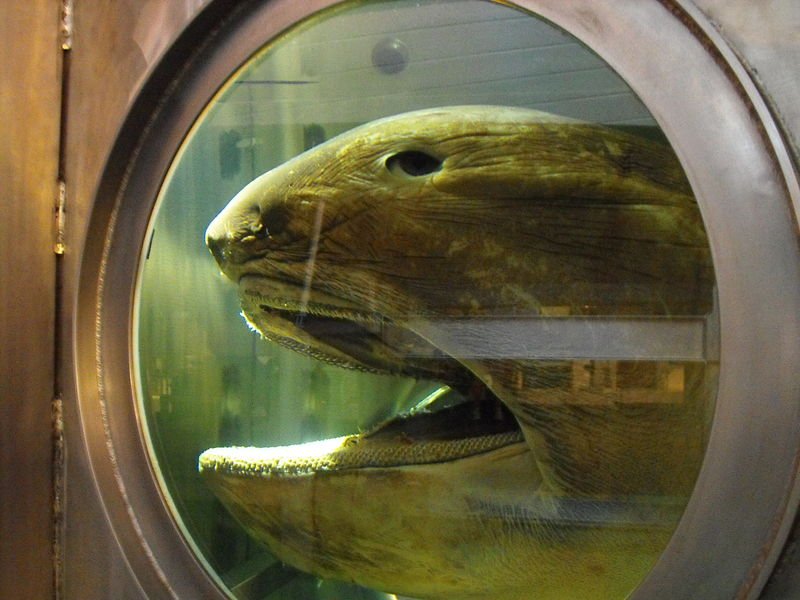Everything you need to know about the megamouth shark

THE MEGAMOUTH (Megachasma pelagios), with its blunt head – even larger than its abdomen – is one of the most unique species of shark to roam the depths of the ocean.
On the occasion that one of these creatures is caught on camera, scientists and on-lookers fascinated by the megamouths physical oddities and eager to see the shark up-close, automatically catapult the shark to social media infamy, resulting in headlines dotted with words like ‘terrifying’ and ‘rare.’ Yet we know very little about the shark’s behaviour or how its unique physical traits operate.
The discovery of the megamouth
The megamouth shark was first discovered in 1976 by a US navy research vessel operating around Oahu, Hawaii, when the shark became tangled in some cables.
The creature was dubbed the ‘megamouth’ shark due to its gaping mouth and huge jaw and the name has stuck ever since. Eventually the shark was given its very own genus and family. Today, it still remains the sole member of the genus Megachasma.
Since the shark was first sighted, Colin Simpfendorfer, the Director at the Centre for Sustainable Tropical Fisheries and Aquaculture estimates that there have been more than one hundred sightings.
“Only one has been reported from Australia — the third ever found, which was located in Mandurah, Western Australia, in 1988,” Colin told Australian Geographic. The shark washed up on the beach alive and was then collected and preserved by scientists from the Western Australian Museum.
The most recent sighting of the megamouth occurred last week near Indonesia’s Komodo Island.

The megamouth shark displayed in the Western Australian Museum (Image Credit: Western Australian Museum)
The megamouths behaviour
“There is growing data about megamouth behaviour,” said Colin. “They are believed to follow the deep scattering layer in the open ocean that’s made up of plankton and associated organisms that migrate toward the surface at night and descend during the day.” However, he explained that we know little about their population size and status.
The megamouth, believed to be diurnal – meaning the creature mostly operates during the day – regularly alternates between the shallow and deep waters of mostly Taiwan and Japan, but has also been observed travelling from the Atlantic Ocean right through to the Pacific and Indian oceans. But its preference remains a mystery.
Due to its rather ocean-hopping nature, the IUCN considers the megamouth shark of ‘least concern’, but like many large marine creatures it continues to be threatened by fisheries – they often end up in the bycatch of vessels operating in the waters of South-East Asia.
The unique physical traits of the megamouth
The megamouth is known for its large mouth that it uses to filter plankton from the water. “It is also believed that its lips are bioluminescent, which attracts prey to it in the deep sea where it normally lives,” Colin explained.
Because the mouth and jaw are much larger than the shark’s abdomen, the megamouth doesn’t have the strongest swimming abilities.
According to the Western Australian Museum, they have “soft bodies with large oily livers, flabby muscles and skeletons that are poorly calcified,” which prevent the shark from sinking.
READ MORE:
- 10 myths about sharks: the truth.
- The ultimate guide to Australian sharks.
- Gallery: all about Australian sharks.




